Cat safe indoor plants – 10 feline-friendly plants to grow
Love plants but have feline friends at home too? These cat safe indoor plants give you instant style and peace of mind
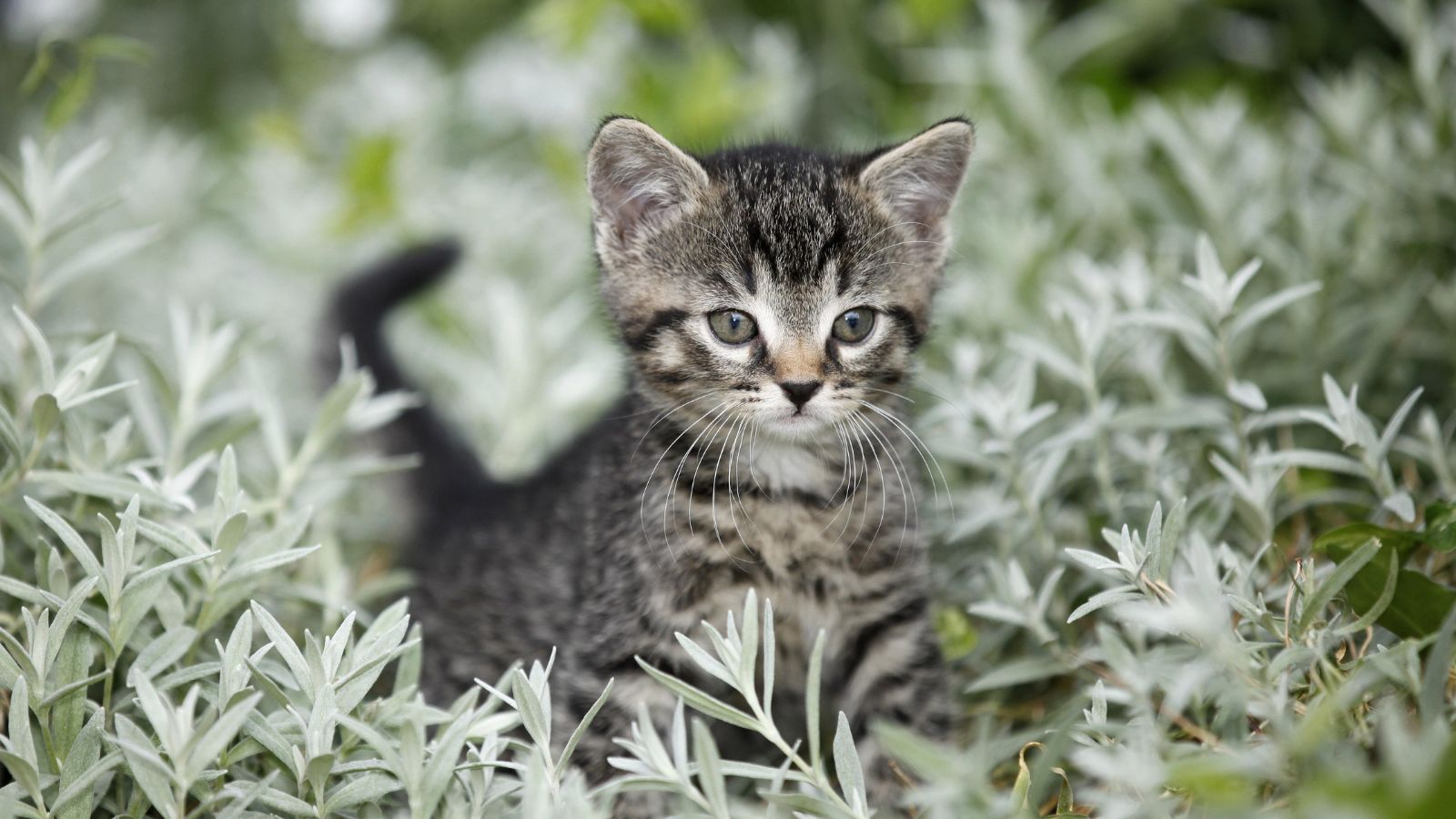

Cat safe indoor plants are a must if you have curious moggies at home, but it’s not always easy to tell which leafy beauties cause problems and which are harmless. Worry not – our handy guide, laden with expert tips – will tell you all you need to know.
Many popular indoor plants contain toxins that can be harmful to cats if eaten or, if brushed up against, prior to grooming, so it’s always best to be cautious and stick to those that are known to be safe, even if ingested.
'There are many cat-safe plants out to choose from, such as ferns, Chinese money plants, watermelon peperomia and the parlour palm, so even if you do have furry friends at home, you can still create a beautiful indoor jungle!’ says Ben Norman, of Baby Bio®.
Avoiding plants that are toxic to cats doesn't mean you can dismiss the principle that choosing the right plant for the right position in your home is key. Our expert guide shows there are cat safe plants for every position.
Cat safe indoor plants
Rest easy knowing your pets are safe at home with this list of cat safe indoor plants. We’ve consulted the experts and compiled the 10 most popular choices.
1. Areca Palm
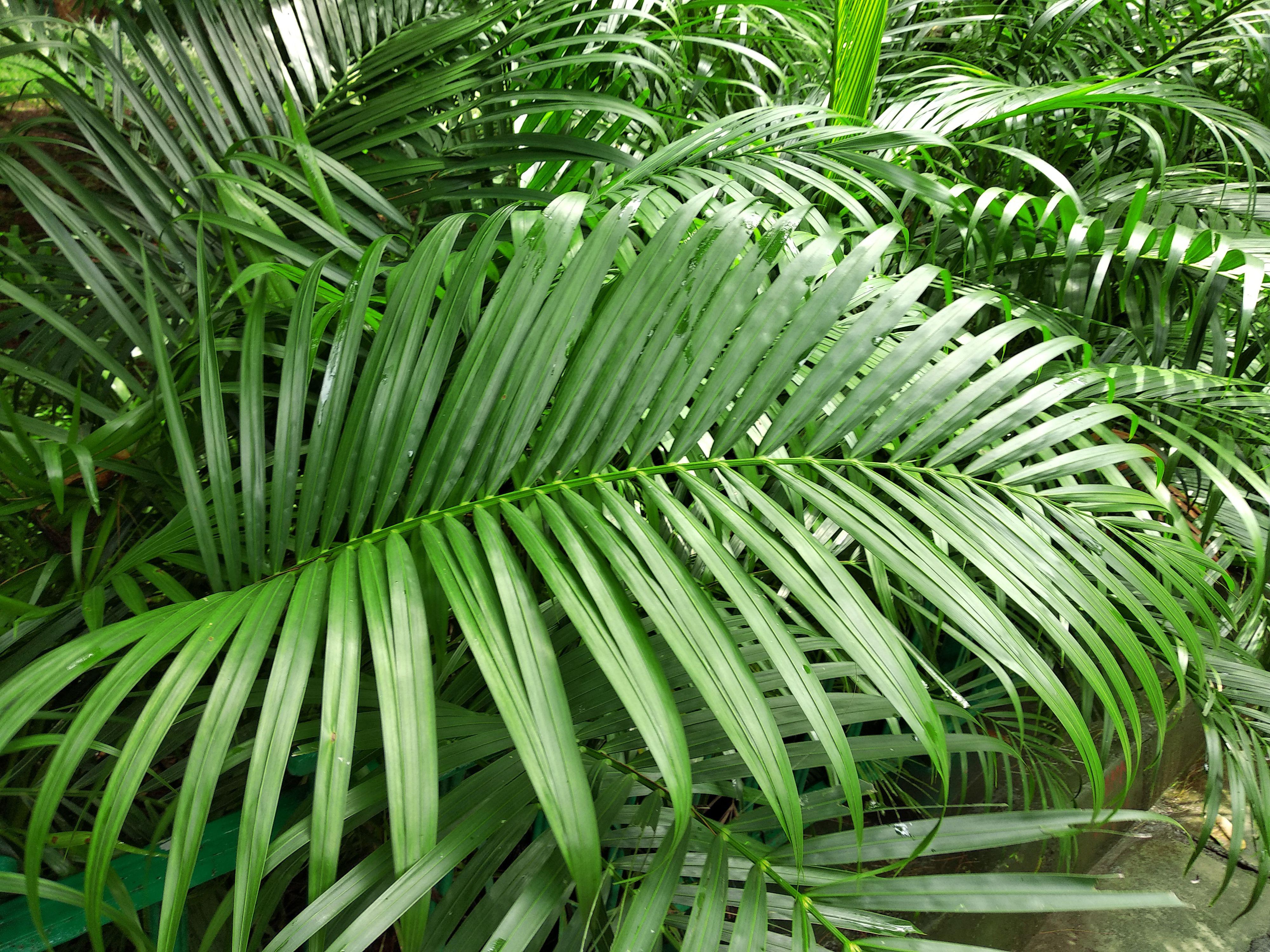
Instantly recognizable, this elegant, arcing palm oozes grace and is perfect for filling empty corners, softening fireplaces and adding stature to hallways and landings. Large, plentiful fronds shoot out from bamboo-like stems and with their glossy green foliage add a classy, ritzy touch.
Hailing from Madagascar, these palms grow up to 9ft (3m) tall if happy with their conditions. Light lovers they like a bright spot out of direct sun and prefer high humidity – so keep their roots moist, place on a gravelled filled tray and mist regularly. Pretty tolerant, they are happy in temperatures between 59-77°F (15-25°C) but will perish if conditions dip below 50°F (10°C).
2. Asplenium or Bird’s Nest Fern
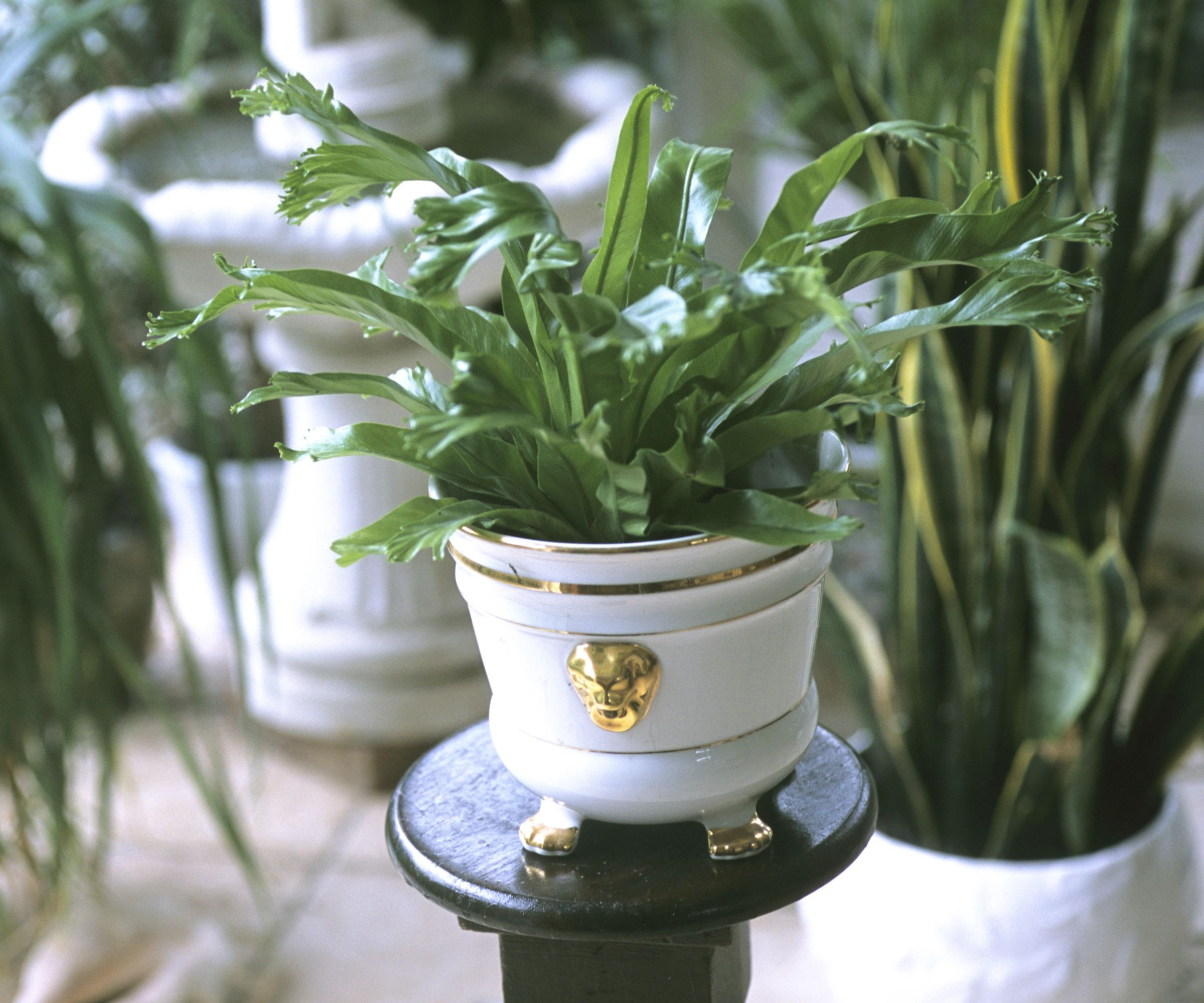
‘We love this plant for its friendly, soft and delicate zingy green leaves,’ says Julia Leakey is the product designer at Crocus. Long, smooth and glossy foliage that is often crinkled at the edges it is a real architectural indoor beauty and can reach up to 3-5ft (1m wide, 1.5m high).
‘Avoid handling the newly emerging fronds and water regularly in the growing season so that the compost remains moist but not waterlogged,’ continues Julia. ‘Instead, mist the leaves regularly with water – particularly in winter when the central heating is turned on. Maintain temperatures above 10°C in winter and repot in spring when the plant becomes root bound.’
3. Snake Plant or Sansevieria
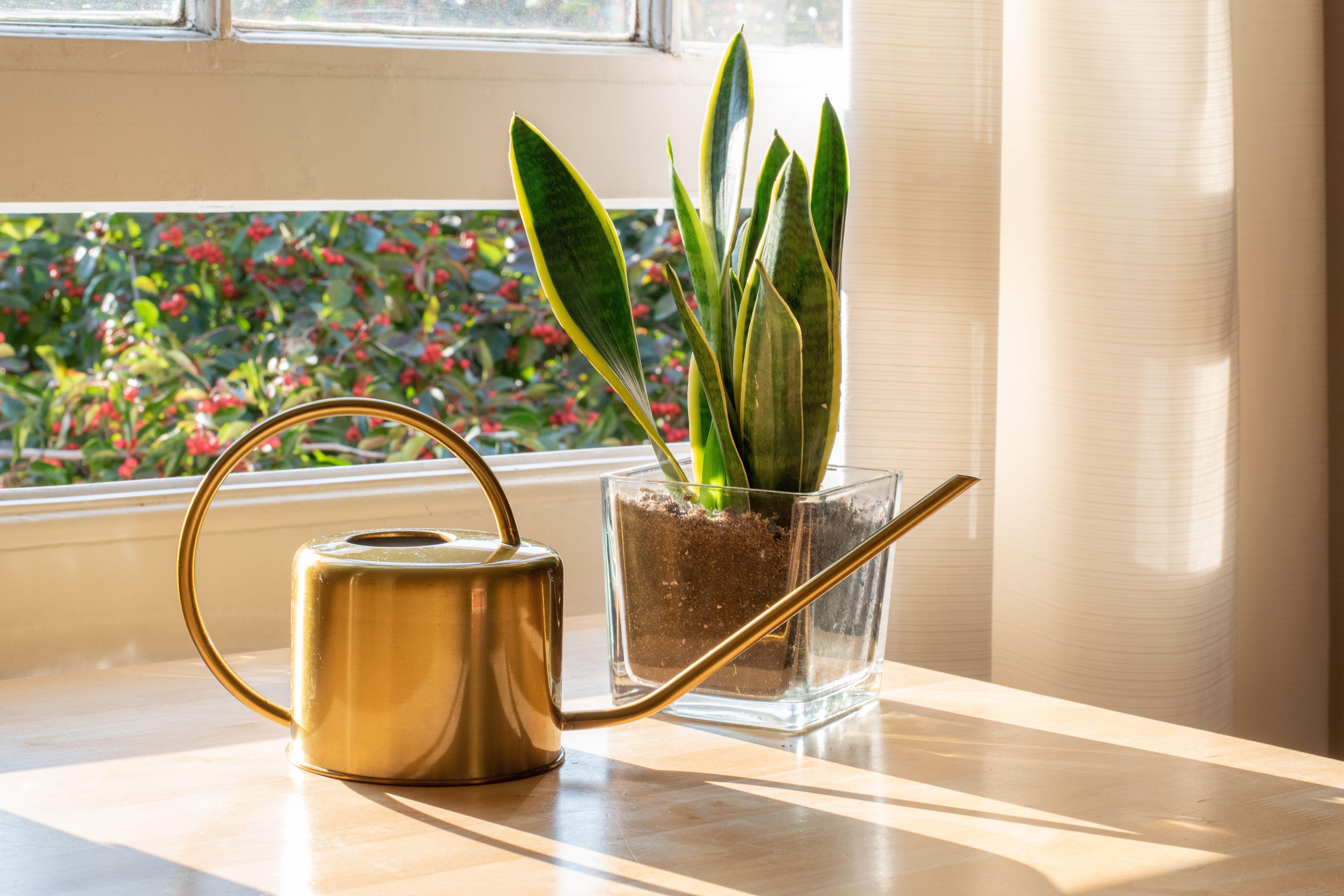
With its distinct upright and sword-like leaves, this popular indoor plant is a real tough beauty. Reaching up to 3ft (1m) tall it makes a real contrast when grouped together with smaller, multi-branching plants and is handy for display and wellbeing purposes too
As Emily Wight, Co-founder of indoor plant store Foli suggests, ‘The foliage of your sturdy snake plant grows vertically. Look to utilize its height as a partition in front of a window or to hide anything unsightly.’
She also highlights another of its hidden qualities. ‘In need of some fresh air? An excellent air cleaning indoor plant, the snake plant works the day shift and the night shift, absorbing toxins and releasing oxygen 24-7.’
You can easily propagate a snake plant when you have one to make more. And, you've guessed it, outside they make for some of the best snake repellent plants, too.
4. Kentia Palm
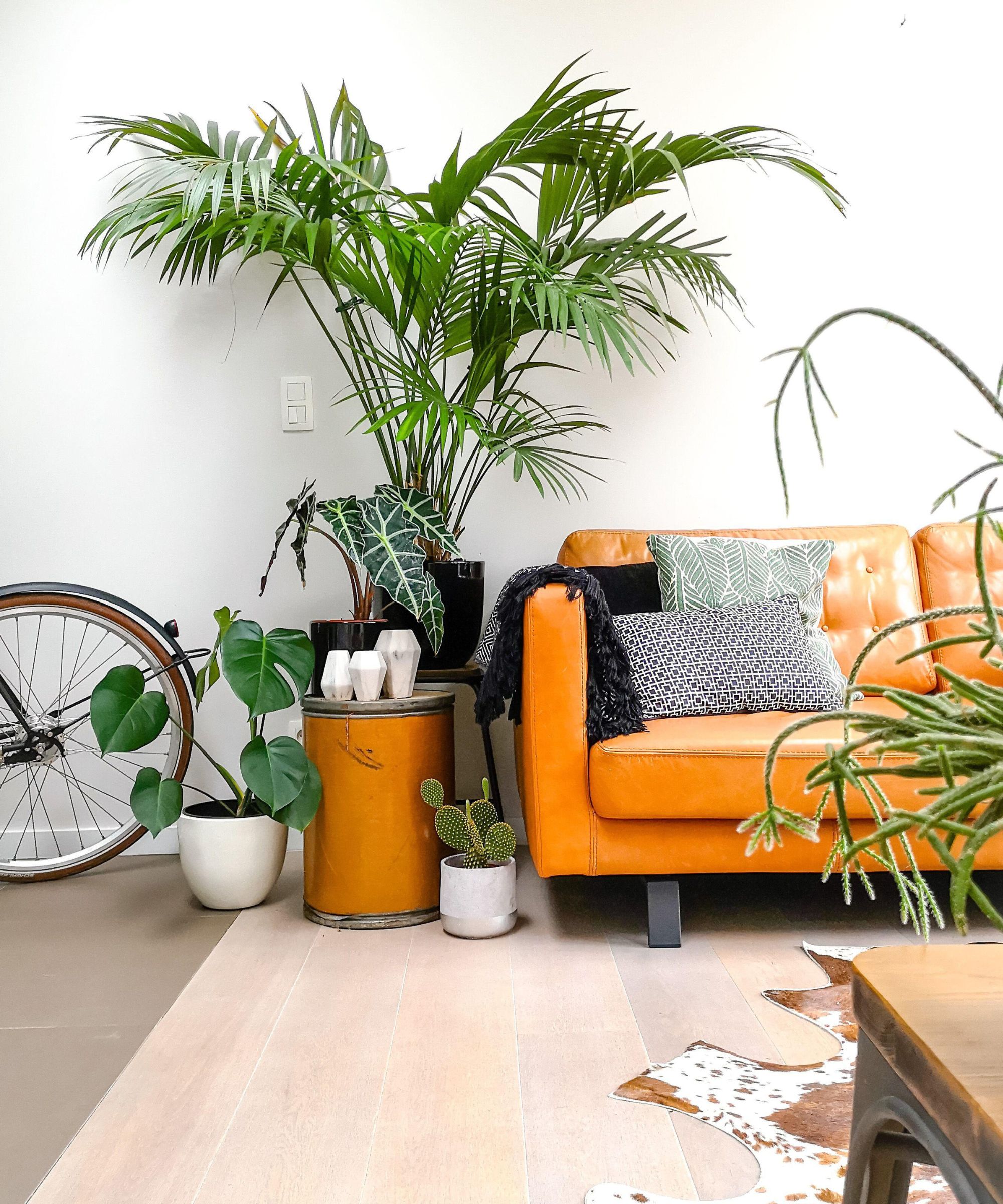
A truly elegant and cat-safe choice, the Palm Court palm as it is also known, epitomizes 1920s high society living and decadence. Indoors they can reach up to 6.5-9.8ft (2-3m) and cast a beautiful, dappled shade if positioned near a window.
They are slow growers though, so tend to be expensive to buy and deserve a little TLC. Mark Lawlor from Happy Houseplants says, ‘Our tip for the Kentia Palm is to go big! They look wonderful when established and well worth the extra cost. Like most houseplants, it will thrive if you treat it a little bit mean. Water sparingly and give it some space to grow and you will be rewarded with a wonderful specimen plant.’
5. Haworthia or Zebra Cactus
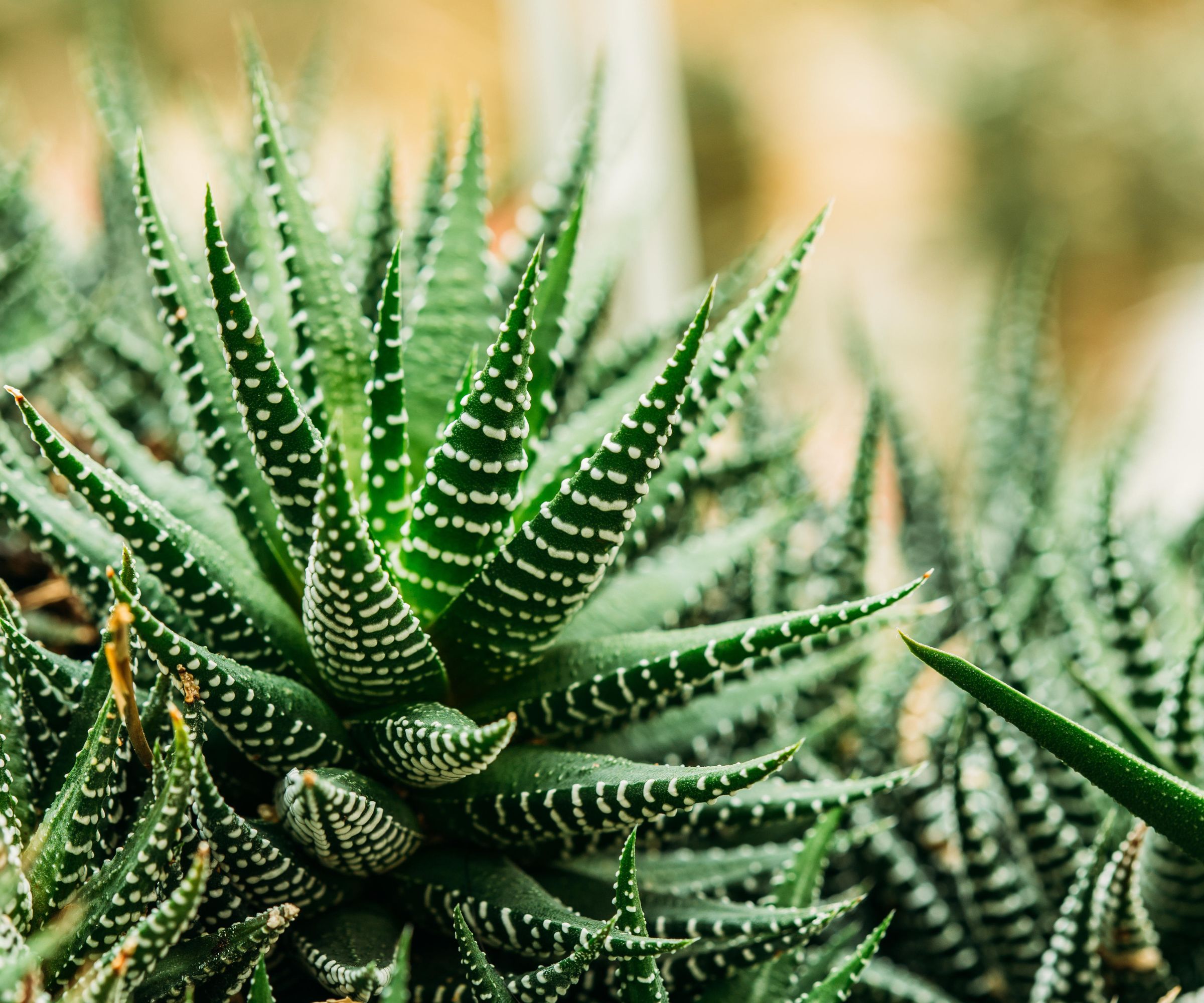
Small but endlessly fascinating, these small, spiky succulents with bold bands and pearly spots are real charmers. Slow growing, non-toxic to pets and exceptionally undemanding, they look amazingly architectural grouped together on a tabletop or windowsill.
Caring for succulents isn't complicated: they thrive in bright or indirect light. When to water succulents? Only every two to three weeks, and do wait until the soil is completely dry though before repeating. Fertilize with a cactus fertilizer during spring and summer but hold off in fall and winter.
6. Echeveria
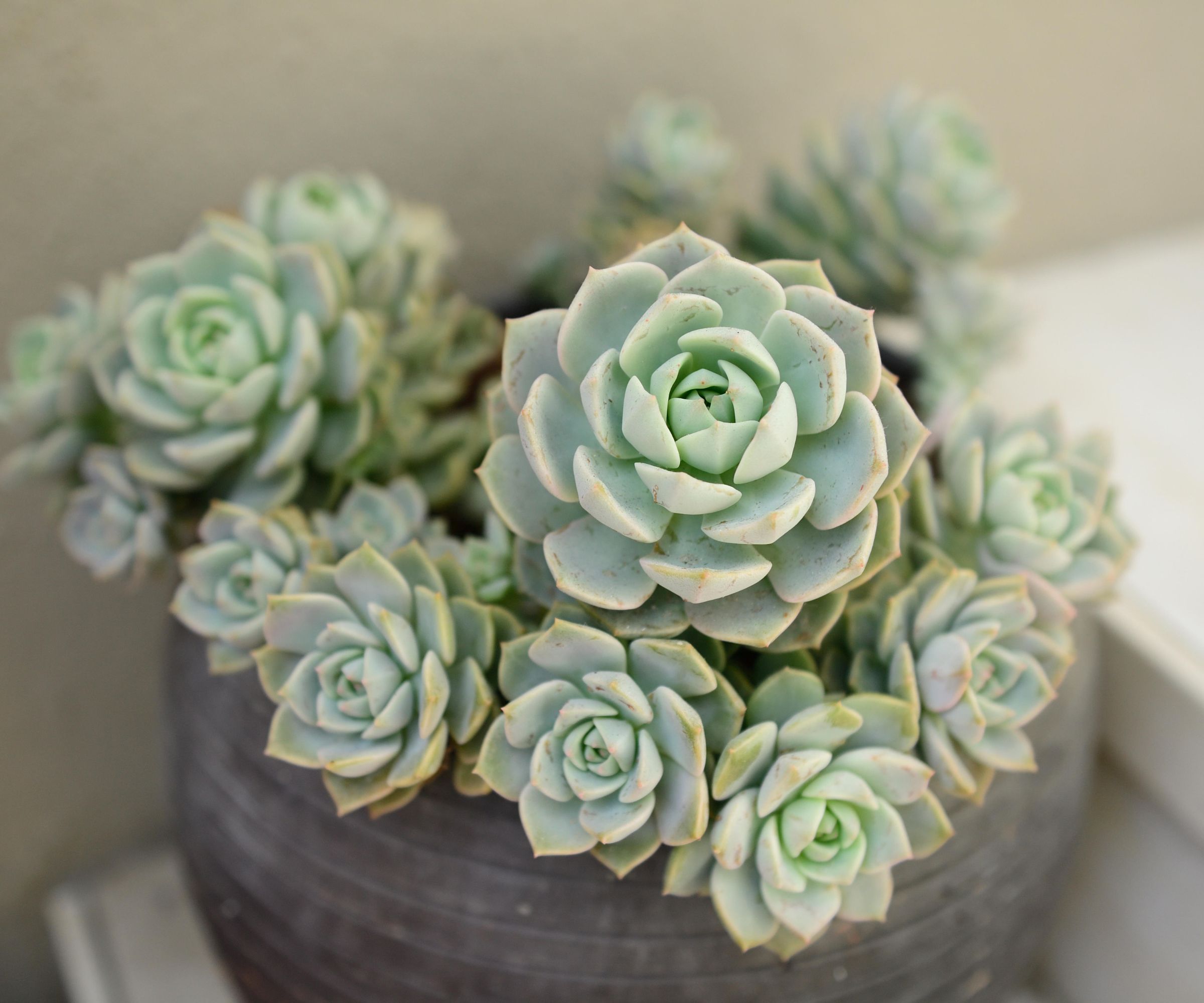
Fancy growing something small, feline friendly and little different? Well, echeveria’s should be a strong contender. Succulents with fleshy globular leaves set in neat rosettes, they need very little attention and come in a huge range of different colors and textures from grey, blue to pink, green, red and black.
‘Sunlight is needed to ensure the beautiful leaf colour and overall healthy appearance of Echeveria, so avoid shady locations,’ says Gynelle Leon in her book Prick. ‘Having said that, if the temperature is over 86°F (30°C), you will need to provide shade and extra ventilation.’
7. Aspidistra or Cast Iron plant
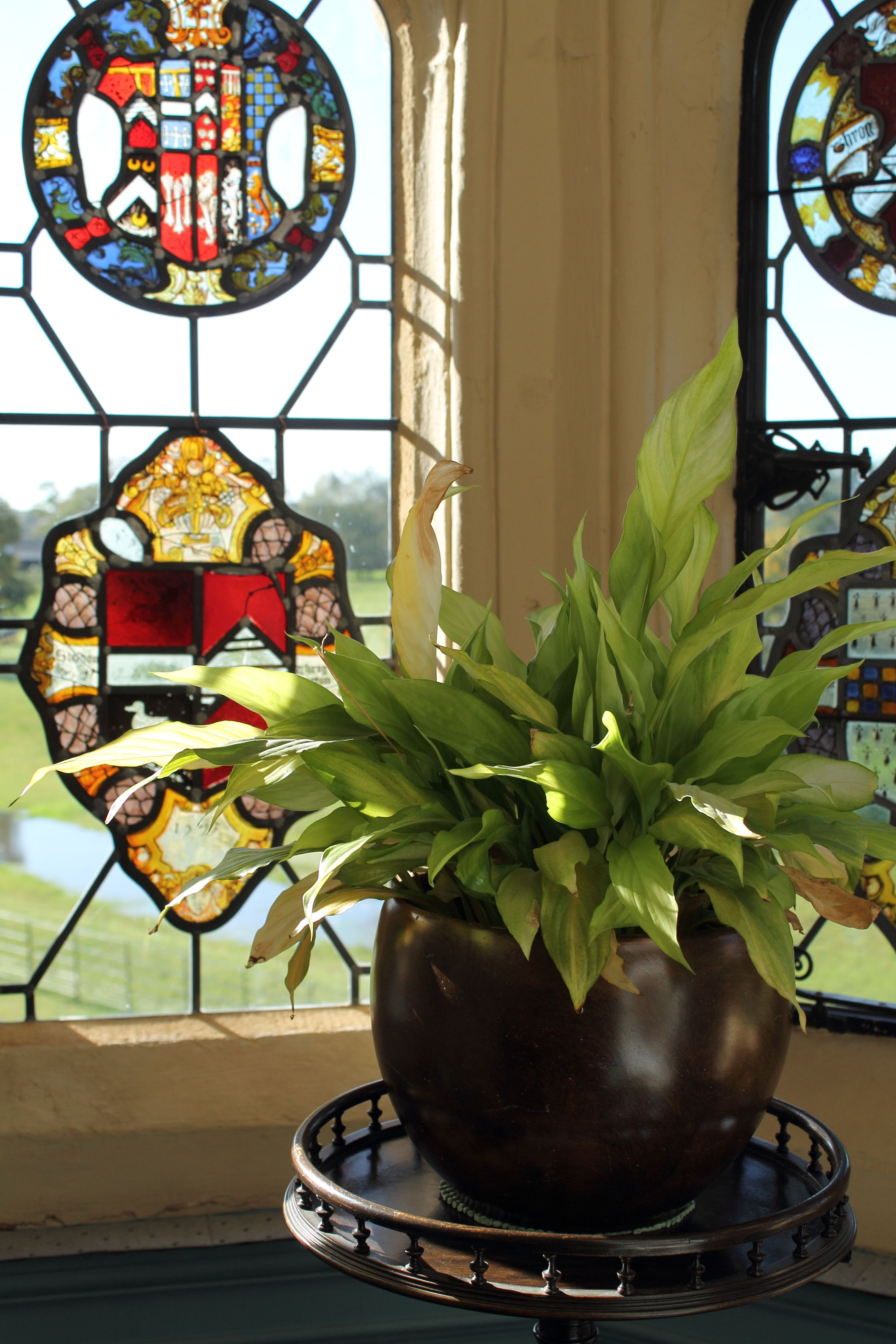
Tolerating near virtual neglect, Aspidistras cope stoutly with gloomy light levels, air pollution and fluctuating temperatures. Thankfully these almost indestructible low maintenance indoor plants are back on trend.
Even if you forget to water them for months they will somehow survive. Amazingly slow growing and long lived, many aspidistra plants reach the ripe age of 50 plus and become highly prized and valuable too.
‘Wash the leaves occasionally to keep them free of dust (this can be done by popping it under a cold shower) and try to maintain cool temperatures above 7 to 10°C (44 to 50°F) in winter,’ says Helen Derrin, Plant Doctor at Crocus.
8. Calathea OR Prayer Plant
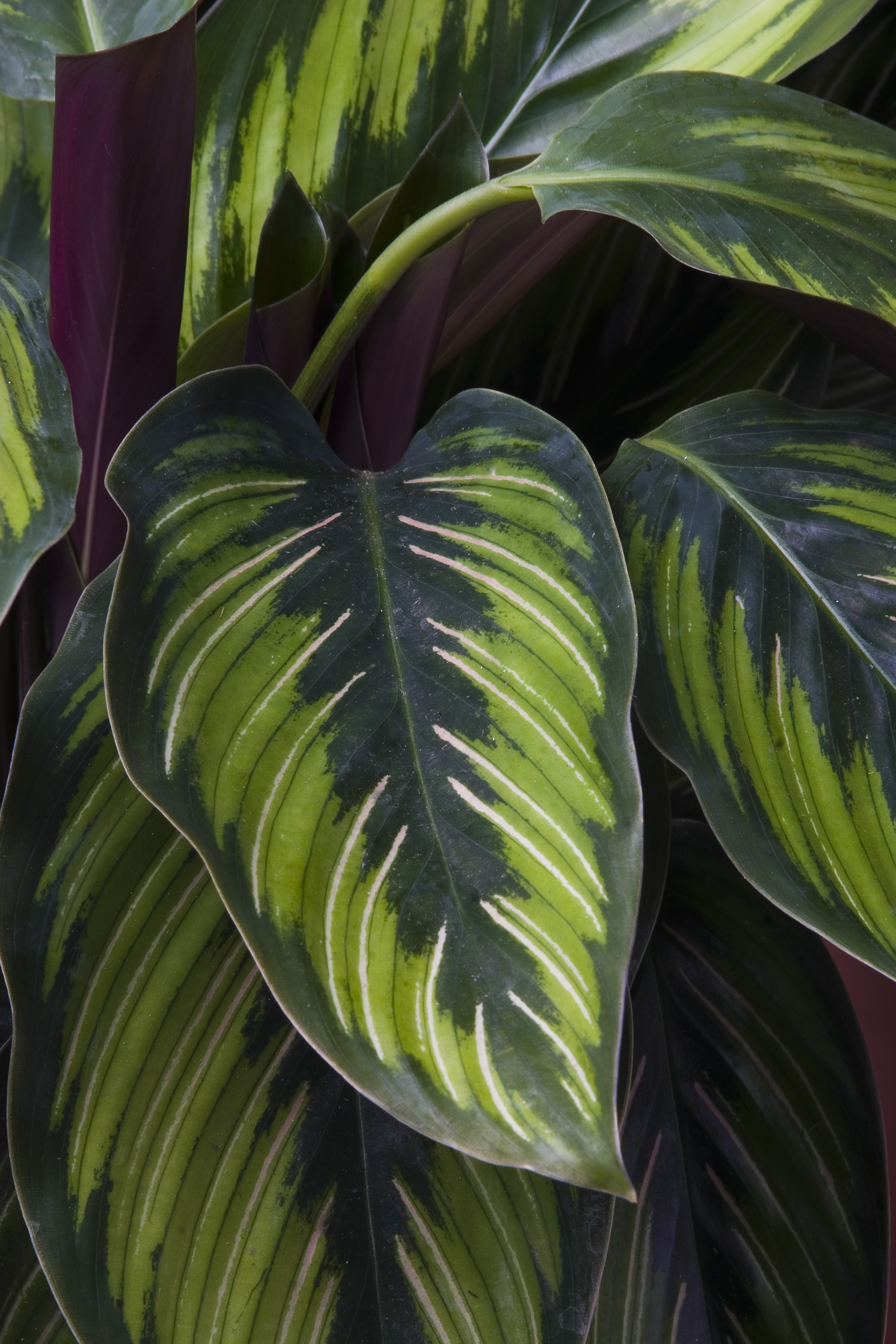
‘Perhaps the most varied pet-friendly plant species is the calathea,’ says Ben Norman, of Baby Bio®. ‘There are many beautiful varieties, such as “Whitestars,” “Sanderianas,” “Rattlesnakes,” and “Freddies,” to name a few, all of which are completely non-toxic to both cats and dogs.
'If you are considering adding a calathea or two to your collection, the key thing is to remember that they are tropical plants, therefore have specific care requirements. Position them in a warm spot with bright but indirect sunlight – if they are placed in direct light the beautiful leaf markings may fade and even scorch.’
Prayer plants prefer high humidity and can turn crisp and brown if the air becomes too dry. The easiest way to increase humidity levels is to invest in a humidifier or place a tray of pebbles with a shallow layer of water next to plants. Give them a gentle but regular mist using tepid water, too, and consider grouping plants together to create a mini micro-climate, which will help increase humidity levels.
Ben continues, ‘You might even want to move calatheas to more naturally humid rooms in the home, such as the bathroom or kitchen. As they are safe for animals, you don’t have to worry about them being placed anywhere where furry friends might be able to reach them for a nibble!’
9. African violets

Enduringly popular and prolific flowerers, African violets have cheery five petalled open blooms in shades of purple, blue, pink, white and red. Set against dark, furry leaves these are the indoor plants many of us remember from childhood and for good reason too.
Pretty straightforward to care for, they need a constant temperature of 65 to 75°F (18 to 24°C) and at least 10 daily hours of sunlight to flower steadily.
Avoid watering the leaves as this can cause them to mark or rot and only water when the soil is completely dry.
10. String of hearts

Extremely easy to look after, this delicate trailing plant with long stems reaching up to six and half feet (2m) is very tolerant and undemanding.
‘Also known as Rosary Vine or Chain of Hearts, Ceropegia woodii is not truly a succulent, but it does store water in its stems and plant care is very similar to that of a succulent,’ says Mark McCance, Hortology. ‘String of Hearts is extremely easy to look after and very tolerant of neglect. It is a perfect plant for hanging baskets.’
Happy at most room temperatures, just avoid drafts or direct sun, it tends to like moist but not waterlogged soil. Want to give it an occasional boost? Then mist with a water spray and pop by a window for a few hours in the morning or evening.
Where to buy the best cat safe plants
What is the easiest cat safe indoor plant to grow?
There are quite a few beautiful indoor plants that are non-toxic to pets and need little attention too. The Cast Iron plant, most stately palms and intricate succulents such as haworthia, aloe vera and Kalanchoe are all worthy contenders.
Which plants are most toxic to cats?
Lilies are perhaps the most toxic to cats and pets in general, and they don’t have to nibble on them either to become poorly. The flowers sticky rust red pollen can attach itself to the animal’s fur if they brush against the plant. It is often then accidentally ingested when the animals licks and grooms itself, leading to immediate kidney failure. Other indoor plants to avoid include poinsettia, hyacinths and jade plant. Take care to also avoid outdoor plants like hydrangeas which are toxic to cats.
Is the spider plant harmful to cats?
No, the spider plant, a very popular houseplant, is perfectly safe for a cat friendly home and can even be nibbled by felines without causing any harm.
Sign up to the Homes & Gardens newsletter
Design expertise in your inbox – from inspiring decorating ideas and beautiful celebrity homes to practical gardening advice and shopping round-ups.

Journalist Jill Morgan has spent over 20 years writing and editing gardening, interior and property features. Titles she has worked on include The English Home, House Beautiful, Ideal Home, Houzz and Modern Gardens and she writes regularly for H&G as a Contributing Editor. Whilst she is a dab hand at renovation projects and DIY, she is happiest when out digging in the garden or planning a new border.
-
 How to grow crepe myrtle in pots – and transform even the smallest of yards with dazzling flowers this summer
How to grow crepe myrtle in pots – and transform even the smallest of yards with dazzling flowers this summerGrowing crepe myrtles in pots will inject splashes of brilliant color into your outside space
By Thomas Rutter Published
-
 I've spent over 200 hours testing vacuums and swear by my two Dysons – this is how I properly clean a Dyson vacuum filter for longer-lasting appliances
I've spent over 200 hours testing vacuums and swear by my two Dysons – this is how I properly clean a Dyson vacuum filter for longer-lasting appliancesYour Dyson vacuum will last much longer and clean at its best
By Dan Fauzi Published